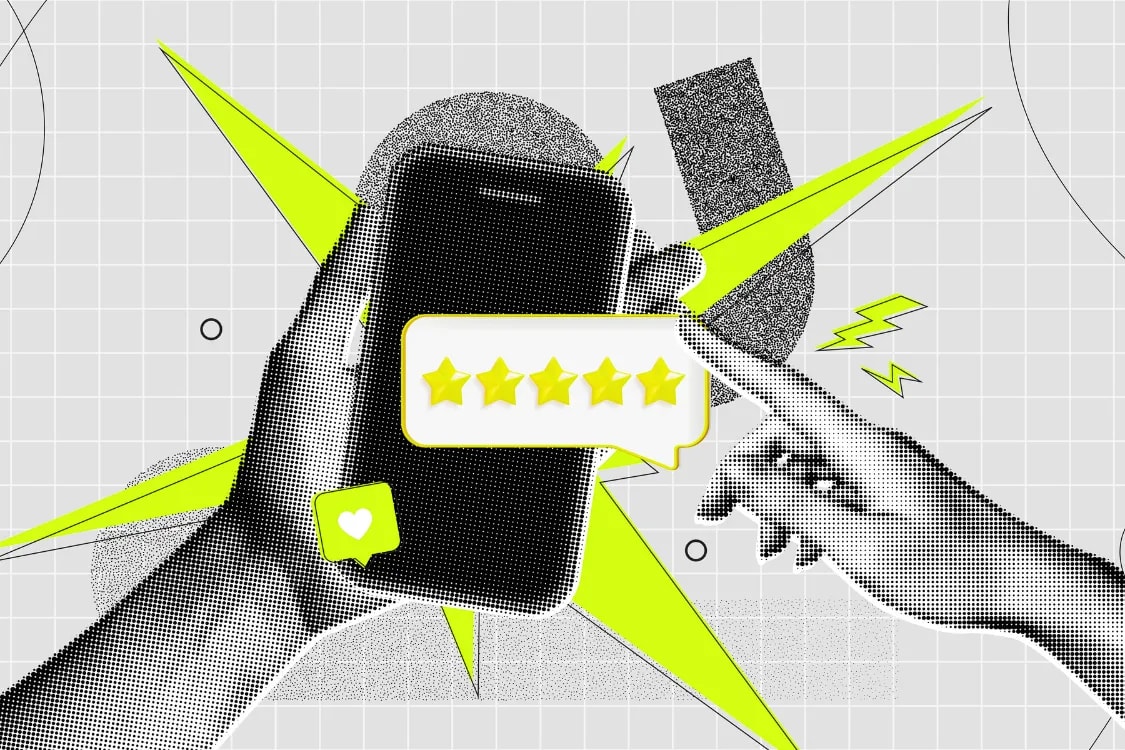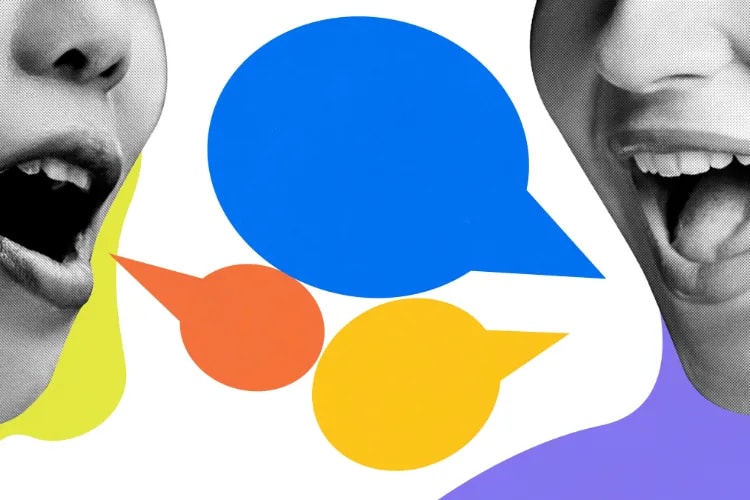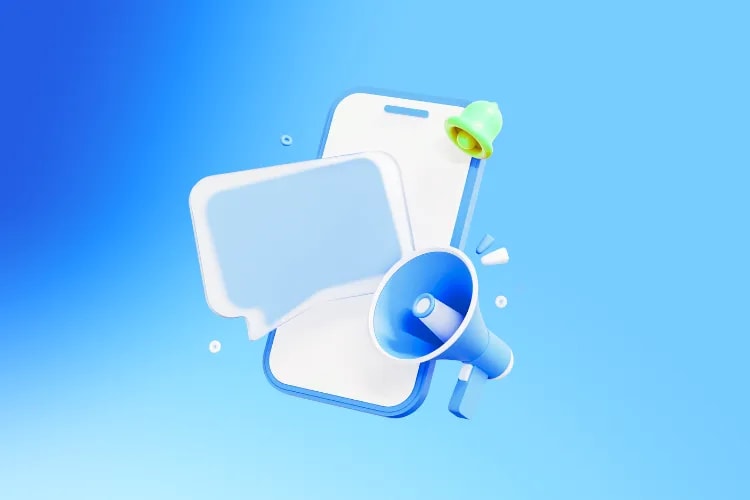
Trust is the new reach. In Edelman’s 2024 Trust Barometer, “someone like me” now ranks alongside scientists for credibility on new innovations. Pair that with PwC’s 2024 finding that 41% of global consumers have been influenced to purchase by social media influencers, and you get the case for event ambassadors: credible, community-native voices who cut through noise, spark discovery, and drive attendance.
This guide distills what top programs do differently—how to recruit the right people, train and mentor them well, keep them motivated, and measure what matters. Whether you’re running a community festival, a B2B conference, or a charity gala, a strong ambassador program can multiply your promotion, improve attendee experience, and sell more tickets without ballooning ad spend.
An event ambassador is a designated advocate who represents and promotes your event to specific communities. They are outward-facing storytellers who share why your event matters, create and amplify content, answer questions, and guide peers toward registration or participation.
Crucially, ambassadors are different from operational volunteers or paid staff. Volunteers/staff are inward-facing—focused on logistics, check-in, and service during the event. Ambassadors are outward-facing—focused on credibility, awareness, and community engagement before, during, and after the event. This distinction echoes the way TED structures its TEDx Ambassadors (community leadership and brand stewardship) versus many associations’ volunteer roles (primarily service and support). Design the roles accordingly.
The Loopyah Content Team shares expert insights, practical guides, and industry updates to help event organizers create unforgettable experiences and stay ahead in the event planning world.
growth
Qualities of a standout event ambassador:
Community-native: Trusted in the niche you’re targeting (e.g., local runners, indie gamers, early-stage founders).
Credible and consistent: Shows up regularly with useful, authentic content—not just promos.
Skilled communicator: Comfortable with short-form video, Stories/Reels/TikTok, email, and in-person conversations.
Organized and reliable: Meets deadlines, follows brand/FTC guidelines, and responds to feedback.
Mission-aligned: Genuinely cares about your event’s purpose, not just the perks.
Ambassadors uniquely blend authenticity with distribution. Research shows that peer recommendations and niche creators can outperform large, generic influencers for engagement and conversion. Add in the fact that consumers increasingly discover brands via social and seek reviews before acting, and ambassadors become a must-have channel for event marketers.
Increase visibility and reach: Advocate and employee content can dramatically extend organic reach when shared through personal networks and communities.
Enhance credibility and trust: Peer-to-peer promotion carries outsized weight; micro and niche creators often win on authenticity and engagement.
Boost engagement and attendee experience: Ambassadors field questions, host meetups, and create UGC that makes the event feel human and welcoming.
Cost-effective marketing: The right program produces repeatable, compounding impact relative to pure paid spend.

“Trust is local and social. Event ambassadors give your brand a credible, human voice that paid ads can’t replicate.”
From discovery to decision, ambassador-created reviews, recaps, and reels supply the social proof audiences already rely on. PwC’s consumer research reports that the majority of shoppers use social for brand discovery and actively seek reviews before they buy—ambassadors accelerate both for your event.
Think of recruitment like casting: you’re matching clear roles with community-native talent. Start with the insiders who already love you, then layer in niche creators whose audiences mirror your attendee profile.
Map your target attendee segments and the communities they inhabit. Translate those into ambassador profiles:
Insiders: past attendees, speakers, donors, volunteers, members, or superfans.
Niche creators: micro-influencers with tight, relevant audiences (e.g., “food trucks in Austin,” “photo club NYC,” “DevOps beginners”).
Community leaders: organizers of meetups, clubs, campus societies, or local chapters.
Treat your ambassador program like a product. Publish a clear brief so applicants know exactly what they’re signing up for. Borrow inspiration from big events that list tangible perks and time commitments by tier.
What to include in your brief:
Purpose: Why the program exists and who it serves.
Scope and time: Expected cadence (e.g., 1–2 posts/week), timeframe (8–12 weeks), and estimated hours.
Deliverables: Content types (Reels, Threads, LinkedIn posts), event referrals, meetup hosting, or Q&A participation.
Support: Access to a content toolkit, office hours, and a named coordinator for feedback and approvals.
Benefits: Tiered perks (comp tickets, VIP lounge, speaker meet-and-greets, travel stipends where appropriate, exclusive merch).
Compliance: Clear FTC disclosure expectations and brand guidelines (more on this in onboarding).
Make the value concrete: spell out tiers. For example, Bronze (4 posts + 2 referrals = GA pass + merch), Silver (8 posts + 4 referrals = GA + VIP lounge), Gold (12 posts + 6 referrals = VIP + backstage tour). Right-size this to your budget and event.
Layer outreach for maximum yield:
Warm lists first: email past attendees, volunteers, and members with a short application form. Pair with a segment-specific nurture sequence (reminders, FAQ, deadline). For writing strong outreach, see our guide to event email marketing strategy.
Social posts: Announce the program on your accounts; invite DMs or link to a form. Spotlight early applicants to spark FOMO.
Partnerships: Ask sponsors, meetups, and campus groups to nominate ambassadors from their communities.
If you’re managing promoters or referral partners alongside ambassadors, it helps to centralize everything. Loopyah’s promoters management features streamline codes, links, and performance tracking for each advocate.
Looking for additional awareness tactics to pair with ambassadors? Explore these our playbook for how to sell more tickets for an event to build a holistic plan.
Keep the form short—under five minutes. Ask for:
Basic info and primary community affiliation(s).
Links to 2–3 recent posts and average engagement numbers (rough estimates are fine).
A short note on why they want to be an ambassador and how they’ll help attendees.
Selection tip: Prioritize community credibility and alignment over follower count. Micro-advocates with strong trust often deliver outsized results.
Structure beats guesswork. A concise playbook and toolkit reduce risk and raise quality from day one. Volunteer management research consistently highlights the importance of structured onboarding, training, communication, and tracking—principles that map directly to ambassador programs.
Build a simple “Ambassador Playbook” that covers:
Messaging: Elevator pitch, key value props by audience, FAQs, and objection handling.
Content guidelines: Brand voice and tone, visual do’s/don’ts, logo usage, and example posts.
Assets: Link to a shared folder with photos, short video clips, b-roll, templates, and captions.
Workflow: How to request approvals, where to submit content, and expected turnaround times.
Escalation: Who to contact for questions or issues, and crisis protocols if something goes off track.
Compliance matters. The FTC’s Endorsement Guides require clear, conspicuous disclosure whenever ambassadors receive anything of value (tickets, merch, travel, fees). Train on when and how to disclose across platforms. Provide examples they can copy/paste:
Short-form (Instagram/TikTok): “I’m an ambassador for @YourEvent. I received a ticket to share my experience. #YourEventAmbassador”
Long-form (LinkedIn/blog): “Disclosure: I’m partnering with YourEvent as an ambassador; they provided me with a pass. Opinions are my own.”
Tooling speeds everything up. Centralize your toolkit and communications in one place.
Finally, give ambassadors the same clarity you give staff: a calendar with content themes, key milestones (speakers announced, ticket deadlines), and on-site roles (e.g., live-streaming a session or hosting a first-timers meet-up).
Mentoring keeps momentum high. Pair each ambassador cohort with a coordinator (or senior ambassador) who sets a predictable cadence, offers feedback, and fosters community.
A lightweight mentoring structure:
Kickoff call (week 1): Review goals, playbook, and the content calendar. Align on platforms and formats each ambassador prefers.
Office hours (biweekly): 30-minute group Q&A to share best practices, brainstorm hooks, and swap assets that are working.
One-to-one check-ins (monthly): Quick reviews of performance and upcoming deliverables; agree on 1–2 experiments for the next sprint.
Community channel: A dedicated Slack/Discord/WhatsApp group for quick wins, content swaps, and moral support.
Mentoring is not micromanagement—it’s scaffolding. Ambassadors keep their voice; you supply clarity, assets, and timely feedback so their content lands.
Recognition beats cash alone. Research on workplace engagement shows that frequent, specific recognition correlates with retention and performance. Translate that into your program with public shout-outs, visible status, and meaningful access.
Make it public: Monthly spotlight posts, “Ambassador of the Week,” and on-stage acknowledgments.
Make it specific: Tie recognition to behaviors that matter (e.g., best attendee Q&A thread, highest save rate on a Reel).
Make it meaningful: VIP lounges, speaker green-room access, exclusive merch drops, first looks at program updates.
Create pathways: Senior tiers (Lead Ambassador, Chapter Captain) with added responsibilities and perks.
Finally, keep the program fun. Host a meme challenge, run a friendly referral race with a trophy, or invite ambassadors to co-host a session. Joy is a retention strategy.
Define success up front, then instrument it. Align KPIs to your funnel and standardize formulas before launch so you can compare apples to apples across ambassadors and cohorts.
Awareness: Reach/impressions per post, unique accounts reached, video views, branded search interest lift (pre/post).
Engagement: Engagement rate by impressions (ER = total engagements ÷ impressions × 100), saves, shares, comments quality (Q&A, intent signals).
UGC volume: Number of ambassador posts, stories, reels, livestreams, and attendee-generated posts attributed to ambassador prompts.
Traffic: Tagged sessions from ambassador links, time on page, bounce rate.
Conversion: Sign-ups, ticket purchases, newsletter subscriptions from tagged links/codes; revenue influenced.
For platform metrics, be aware that APIs change (e.g., certain Instagram impression metrics have shifted in recent updates). Establish a standard metric set and note any platform caveats in your dashboard so reports remain consistent over time.
Every ambassador link and code should be traceable. Use unique UTMs per ambassador and per campaign. Define conversions in your analytics platform (e.g., “Ticket Purchase,” “Waitlist Sign-up”) before launch, and test them.
Sample UTM scheme:
utm_source=ambassador_jordan
utm_medium=social
utm_campaign=fall-conference-2025
If you offer discount codes, tie each code to the same ambassador ID in your CRM/ticketing system so revenue attribution matches link attribution.
Loopyah’s event software features make it easy to generate unique links and track performance by promoter or ambassador, then reconcile activity with actual ticket sales.
Weekly: Share a quick leaderboard (top saves, shares, clicks) and one “what’s working” tip from the data.
Biweekly: Test a new hook or format (e.g., questions in captions, carousel recaps, live Q&A). Share assets and prompts to support it.
Post-event: Publish a short impact report with learnings, quotes, and next-steps invitations to retain top ambassadors for the next cycle.
Here are composite examples drawn from real-world programs (details anonymized) to spark ideas:
Regional Tech Summit: Recruited 30 ambassadors from local dev meetups and university clubs. Provided a 10-week content calendar and office hours. Result: high-quality Q&A threads on LinkedIn and Discord drove waitlist sign-ups among first-time attendees; 23% of ticket revenue was trackable to ambassador links/codes.
City Marathon: Prioritized running club captains and physical therapists as ambassadors. They hosted low-key training runs and posted injury-prevention reels. Result: stronger newcomer participation and lower refund requests due to better prep.
Indie Film Festival: Leaned into micro-creators who cover local arts. Offered early screener access and director Q&As. Result: more saves and shares than paid ads, plus deeper community coverage.
For more audience-building tactics that pair well with ambassadors, you might also explore content marketing for events and our event marketing timeline to slot ambassador pushes alongside big campaign moments.
Avoid these frequent issues:
Over-indexing on follower count: Engagement quality and community fit matter more.
Vague expectations: Ambassadors flounder without a clear brief, calendar, and examples.
No disclosure training: This is a reputational risk—teach and model compliant disclosures on day one.
Weak instrumentation: If links and codes aren’t tagged, you can’t prove ROI or optimize.
Assign someone to monitor platform and policy changes (metrics, APIs, disclosure rules) and update your playbook. Two small habits—changelogs and quarterly audits—will keep your dashboard accurate and your program compliant.
Ambassadors are a force multiplier for event growth. Recruit from trust-rich communities, train and mentor with structure, motivate through recognition and belonging, and measure outcomes with intent. Done well, your program compounds—more credible reach, more UGC, better attendee experience, and steadier sales.
Ready to operationalize what you’ve learned? With Loopyah, you can centralize promoters and ambassador links, track performance, and automate updates—so you ship a polished program without extra headcount.
Keep exploring:

growth









marketing
marketing
marketing
marketing
selling
selling
marketing
planning
marketing